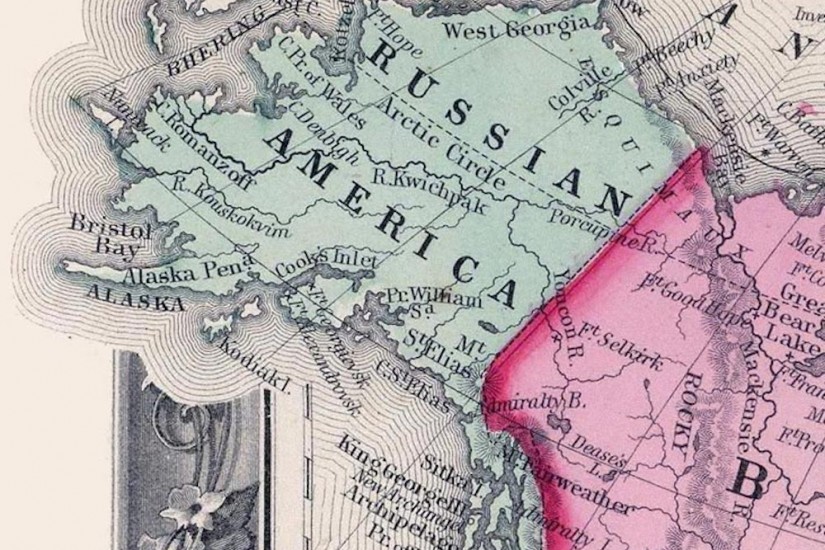Editor’s note: Reports that President Donald Trump has urged aides to look into buying Greenland make us think of the last time the United States bought a major territory in the Arctic: the purchase of Alaska from Russia in 1867. Two years ago, we asked William L. Iggiagruk Hensley, a visiting professor at the University of Alaska Anchorage, to write about that historic sale.
On March 30, 1867, U.S. Secretary of State William H. Seward and Russian envoy Baron Edouard de Stoeckl signed the Treaty of Cession. With a stroke of a pen, Tsar Alexander II had ceded Alaska, his country’s last remaining foothold in North America, to the United States for US$7.2 million.
Today Alaska is one of the richest U.S. states thanks to its abundance of natural resources, such as petroleum, gold and fish, as well as its vast expanse of pristine wilderness and strategic location as a window on Russia and gateway to the Arctic.
So what prompted Russia to withdraw from its American beachhead? And how did it come to possess it in the first place?
As a descendant of Inupiaq Eskimos, I have been living and studying this history all my life.
Russia looks east
The lust for new lands that brought Russia to Alaska and eventually California began in the 16th century, when the country was a fraction of its current size.
That began to change in 1581, when Russia overran a Siberian territory known as the Khanate of Sibir, which was controlled by a descendant of Genghis Khan. This key victory opened up Siberia, and within 60 years the Russians were at the Pacific.
The Russian advance across Siberia was fueled in part by the lucrative fur trade, a desire to expand the Russian Orthodox Christian faith to the “heathen” populations in the east and the addition of new taxpayers and resources to the empire.
In the early 18th century, Peter the Great – who created Russia’s first Navy – wanted to know how far the Asian landmass extended to the east. The Siberian city of Okhotsk became the staging point for two explorations he ordered. And in 1741, Vitus Bering successfully crossed the strait that bears his name and sighted Mt. Saint Elias, near what is now the village of Yakutat, Alaska.
